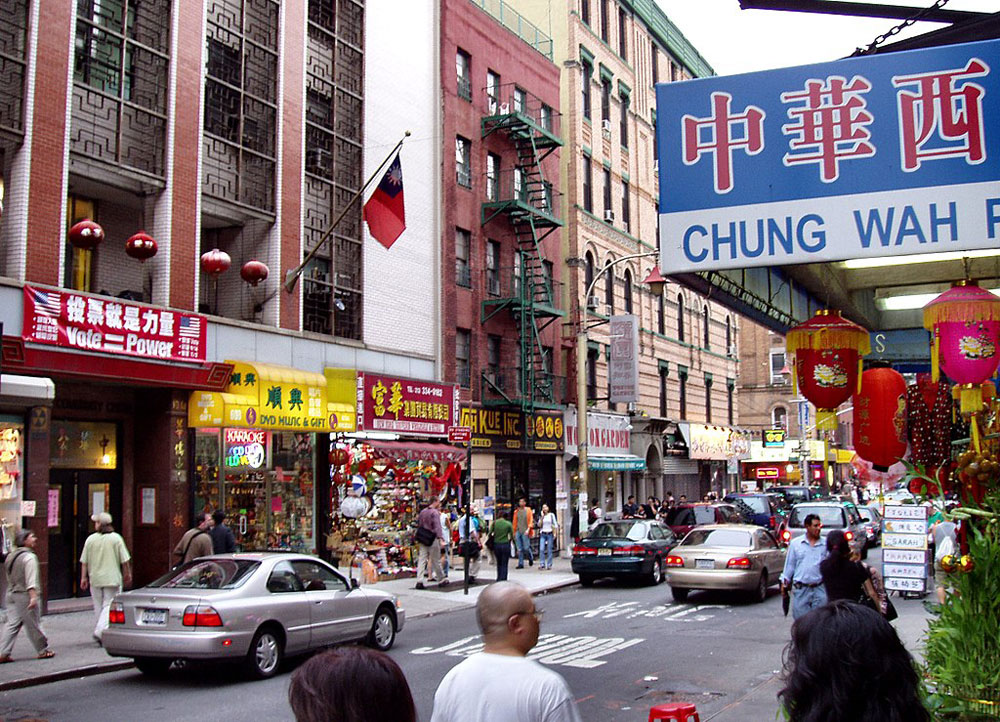
April 23, 2020; ImpactAlpha, Next City, and Connecticut Post
On April 24, 2020, President Donald Trump signed a $484 billion supplemental relief bill that adds $310 billion to the Paycheck Protection Program (PPP), the program intended to help small businesses and nonprofits survive the economic shutdown. Not only did the original program run out of funding within two weeks of its initial launch, it quickly became clear that the banks were prioritizing their longtime customers, leaving many small businesses and nonprofits in communities of color out in the cold.
To remedy this, the additional funds passed last week include $60 billion set aside for mid-size and small lenders. Importantly, $30 billion will be channeled through “community financial institutions,” lending institutions such as community development financial institutions (CDFIs), banks, credit unions, and minority-owned banks with less than $10 billion in assets. Even with this set-aside, however, there is widespread skepticism that the funding is sufficient or that it will actually reach the mission-driven institutions that serve communities of color.
As Amy Cortese explains in ImpactAlpha, nearly all credit unions and all but three percent of banks have less than $10 billion in assets. Nationally, there are currently 1,142 CDFIs—mission-driven banks, credit unions, or nonprofit loan funds required to make 60 percent of their loans in low- to moderate-income areas. But there are over 5,000 banks that also qualify for these funds. CDFIs and banks owned by people of color will have to compete with banks that aren’t mandated to lend in these communities. Cortese quotes Jennifer Vasiloff of the Opportunity Finance Network, who says, “Community banks will use most of these PPP resources.”
The legislation has other requirements that also limit CDFI participation. Institutions must meet a threshold of $50 million in annual business loans to participate, making many CDFI loan funds ineligible. Additionally, non-bank CDFIs are disadvantaged because they can’t borrow funds from a Treasury program designed to provide liquidity to PPP lenders. And liquidity is a big issue as lenders stretch to help borrowers who currently have no income.
The Chicago Community Loan Fund, for example, is “expecting to defer monthly interest payments for up to 20 percent of its borrowers for at least three months,” reports Oscar Perry Abello in Next City. “The nonprofit will have to spend its own reserves just to keep people on staff.”
Sign up for our free newsletters
Subscribe to NPQ's newsletters to have our top stories delivered directly to your inbox.
By signing up, you agree to our privacy policy and terms of use, and to receive messages from NPQ and our partners.
Spending those reserves—which is what many small lending institutions will be forced to do—can undermine their long-term stability, reducing their ability to support small businesses, worker-cooperatives, nonprofits, and struggling homeowners.
Nonetheless, some CDFI leaders are cautiously optimistic. Jessie Lee of the Renaissance Economic Development Corporation, an affiliate of Asian Americans for Equality, calls the legislation “a step in the right direction.” She tells reporter Frances Dodd that, “It gives smaller businesses a fighting chance at securing funding and enables CDFIs to help minority-owned business owners in our communities.”
But Lee also acknowledges that “$30 billion will go quickly and will not come close to meeting the needs of millions of distressed businesses. In the weeks ahead, we will need more financial resources to stabilize our neighborhood mom-and-pop businesses,” she said.
For New York’s CDFIs, the state’s 2020–2021 budget includes a modest $25 million over five years to support CDFIs. The state CDFI Fund will provide grants for CDFIs to “bolster their operations” as they see fit. Although Abello reports the details have not been worked out, it is likely that CDFIs will use these funds to replenish their reserves, so that they have sufficient liquidity to continue their lending programs.
Although $5 million per year is not a lot of funding, it is equity, which means that each dollar a lending institution receives can be leveraged 3 to 16 times, depending on the type of institution.
What is the profile of borrowers who lost out in the first round of PPP? They include business owners like Danielle Edwards, who opened The New Body Project, a fitness center for women of color, in 2017. Edwards is among the two percent of small business owners in New York City who are African American. Based in Brooklyn, the center, which had grown to over 60 members in the last year, was forced to close as the pandemic overtook New York City. Despite applying early to PPP to cover her $12,500 in payroll costs, Edwards never heard back from TD Bank.—Karen Kahn













